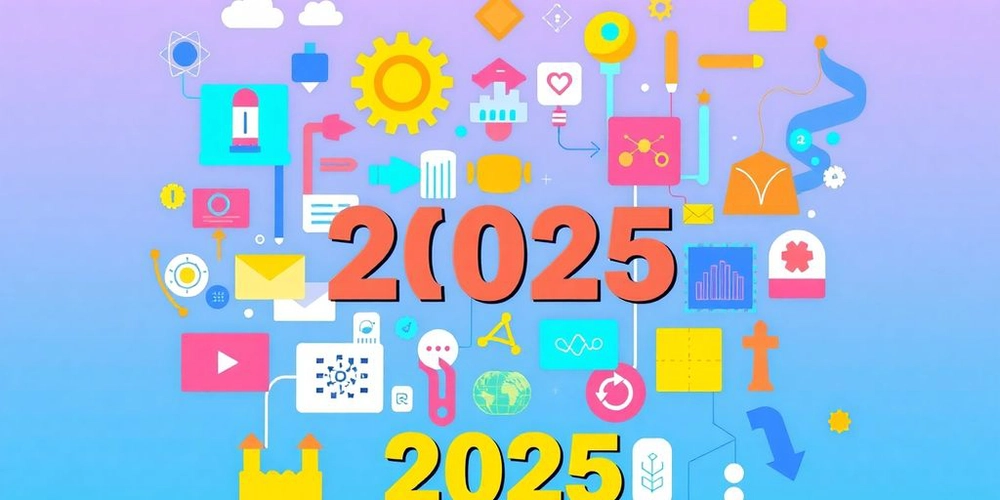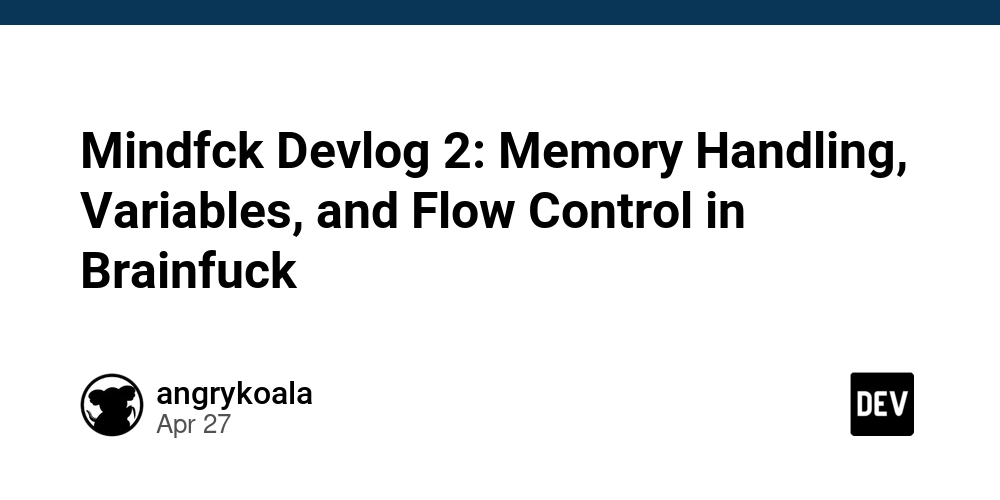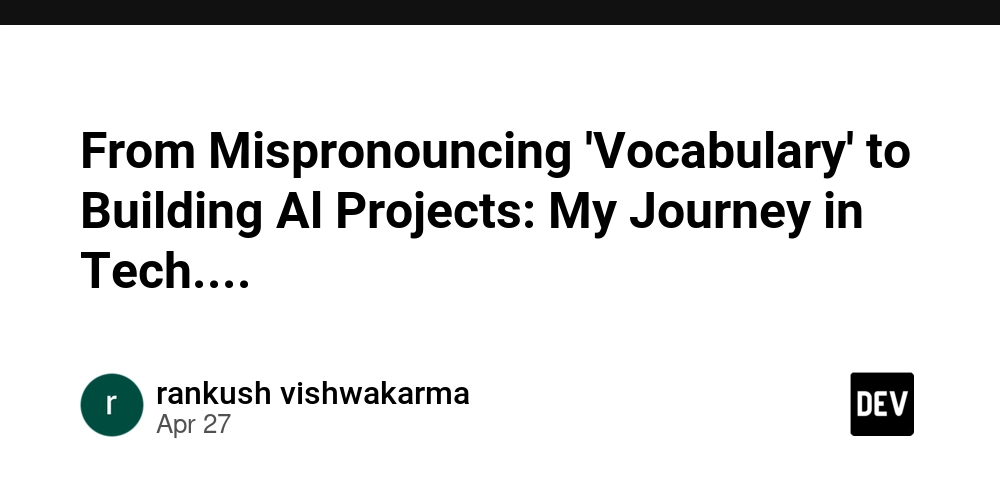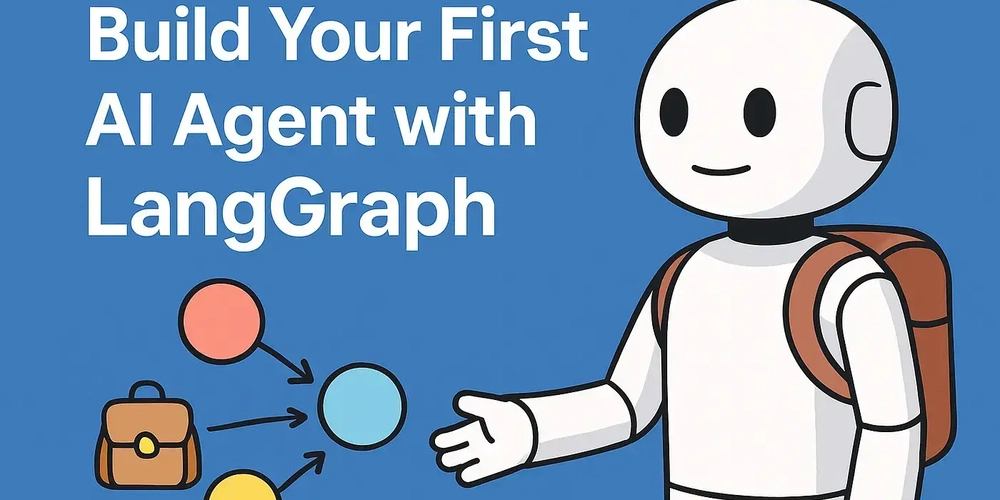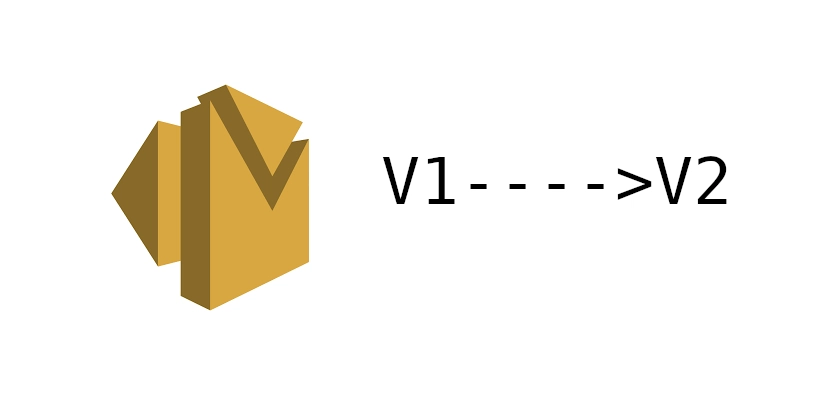
Prompt Engineering vs. Fine-Tuning: Which AI Technique Should You Learn First?
AI is exploding, and you're probably wondering how to get in on the action. Should you dive into fine-tuning AI models or master prompt engineering? This guide breaks down both techniques to help you make the right choice for your AI journey.
Fine-Tuning vs. Prompt Engineering: What's the Difference?
Let's get the definitions straight. Fine-tuning is customizing a pre-trained AI model with your own data to excel in a specific area. Think of it as specialized AI training. Prompt engineering, on the other hand, is crafting the perfect text instructions to guide an AI model towards the desired output. It's like becoming an AI whisperer!
Round 1: Beginner Friendliness
- Fine-tuning: Requires machine learning knowledge, data preparation skills, and model training experience. Expect a steeper learning curve.
- Prompt Engineering: Easier to grasp, relying on creativity and clear communication. Start with the basics and learn by doing.
Winner: Prompt engineering is easier to learn for beginners.
Round 2: Speed to Results
- Fine-tuning: Training can take days, even weeks, with lots of trial and error. Be prepared for a longer development cycle.
- Prompt Engineering: You can see results within minutes or hours. Allows fast experimentation and rapid iteration.
Winner: Prompt engineering provides quicker turnaround times.
Round 3: Flexibility Matters
- Fine-tuning: Creates specialized models that are less adaptable. Changing focus means retraining the model.
- Prompt Engineering: More adaptable to different tasks and domains. It lets you quickly pivot to new use cases.
Winner: Prompt engineering gives you superior flexibility.
Round 4: Resource Requirements Compared
- Fine-tuning: Often demands significant computational power, translating to high GPU costs. It can strain your hardware.
- Prompt Engineering: Works on standard hardware without a hefty price tag. Your laptop will thank you for this.
Winner: Prompt engineering is easier on your resources.
Round 5: Customization Depth
- Fine-tuning: Enables deep knowledge integration, creating highly accurate, domain-specific AI models.
- Prompt Engineering: Limited by the base model's existing knowledge, relying on clever instructions. Winner: Fine-tuning delivers deeper customization and expertise.
The Verdict: Start with Prompt Engineering
Both fine-tuning and prompt engineering have their uses. But for beginners, prompt engineering is the clear winner for several reasons:
- Accessible: Easier to learn and implement.
- Fast Results: See the impact of your work quickly.
- Flexible: Tackle a wide range of tasks.
- Affordable: No expensive hardware is needed.
Grow Into Fine-Tuning for Specialized Applications
Don't dismiss fine-tuning entirely. As you gain experience, you'll find that fine-tuning is essential for creating highly specialized AI solutions.
Actionable Takeaway: Embrace Prompt Engineering Today
Start your AI journey with prompt engineering to grasp how AI thinks and responds. Develop strong communication and problem-solving skills. Once you're comfortable, explore fine-tuning for complex, specific challenges.
Remember, knowing when to use each technique unlocks the true power of AI. You will be well on your way to mastering artificial intelligence.



